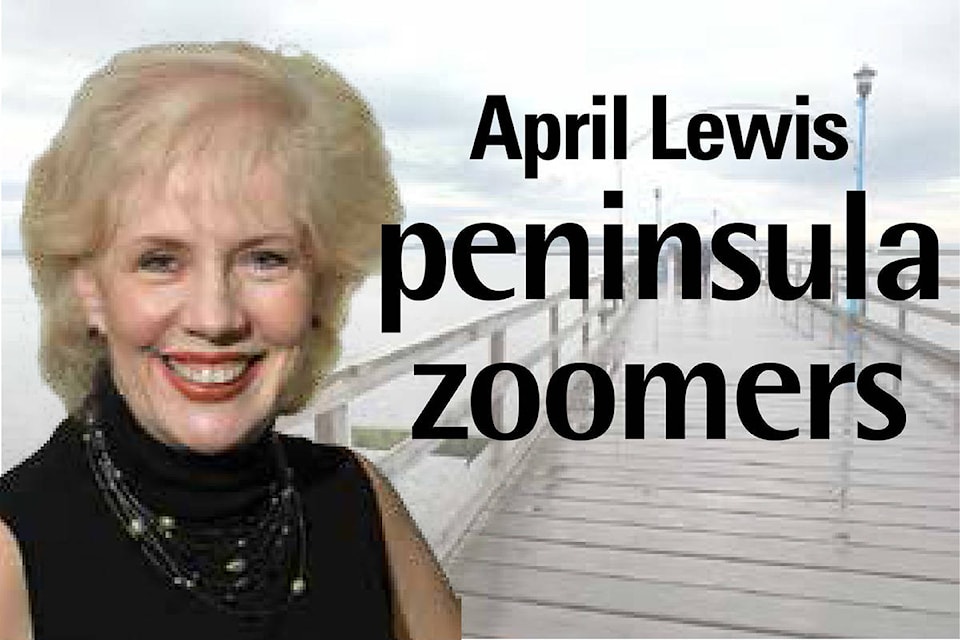‘All human beings are both free and equal in dignity and rights” – words from the Universal Declaration of Human Rights, adopted in 1948 to spell out the rights of all human beings, regardless of citizenship, religion or national origin.
In our current populist and divisive world, I ask myself, “Is anybody listening?”
My friend Alex, age 80, is listening and my own personal awareness has been awakened.
Alex and I recently celebrated his milestone birthday, then went our separate ways.
He attended the 31st annual World Federation of Jewish Child Survivors of the Holocaust and Descendants conference held for the first time in Vancouver. I visited the iconic Canadian Museum of Human Rights in Winnipeg.
We returned and shared our experiences.
As one of the youngest in attendance at his conference, Alex is the president of the Vancouver chapter of child Holocaust survivors.
“I was them and they were me,” he states emotionally about his first encounter with his fellow survivors.
He shares his passion for keeping the memory of the Holocaust alive by speaking to high school students and other groups.
He speaks “to honour my parents” who were “murdered” in Auschwitz concentration camp.
His words, not mine.
As an only child born in Belgium, he was hidden by Catholic families and then lived in an orphanage until almost age seven.
He had no idea he was Jewish. After liberation, no one claimed him. Miraculously, after the Red Cross posted photos on Brussels telephone poles, he was rescued by an aunt and uncle, who then raised him.
He moved to Montreal, aged 11.
Today Alex is an energetic, kind and humble man whose own resilience is his strength.
What a story!
And at the human-rights museum three provinces away, I discovered many more stories.
Starting with the stories of genocide.
The Armenian Christian minority slaughtered by the Ottomans in 1915.
The Holodomor, which translates into murder by hunger, in Ukraine by Stalin in 1932-33.
The Holocaust, which was the planned annihilation of the Jews, gypsies, homosexuals and others in Europe by the Nazis from 1933-45.
I’m not done yet.
Who can forget Rwanda in 1994, where the genocide of the minority Tutsis by the Hutus took place while the world watched and did nothing.
And the Srebrenica civil war in 1995 in Bosnia.
That was only one floor. There are seven more.
One floor was dedicated to the rise of Nazi Germany and anti-Semitism with photos and artifacts from Auschwitz.
Heart-wrenching.
Canada, too, has played its role in denying humans their “human” rights.
Leading up to and including the Second World War, Canada embraced an anti-Semitic immigration policy. Prime Minister McKenzie King and his senior bureaucrat immigration minister believed “none is too many” when denying entry for Jews fleeing Europe.
The Chinese built our national railroad only to be forced to pay a “head tax.”
Indians from India, part of the Commonwealth, on the steamship Komagata Maru were denied entry into Canada in 1914.
After the attack on Pearl Harbor, Japanese Canadians were considered to be “undesirable aliens” and interred in camps.
And of course, we all know what happened to our First Nations children in residential schools.
But don’t be disheartened, as the stories, exhibits and experiences move from the darkness of historical wrongs and missteps to stories of reflection and reconciliation.
And hope.
The Tower of Hope at the top of the museum shines a light metaphorically on humanity, willing us not to repeat history but to create understanding and tolerance and to inspire us “to take action to create a better world.”
Shalom.
April Lewis is the local communications director for CARP, a national group committed to a ‘New Vision of Aging for Canada.’ She writes monthly.
